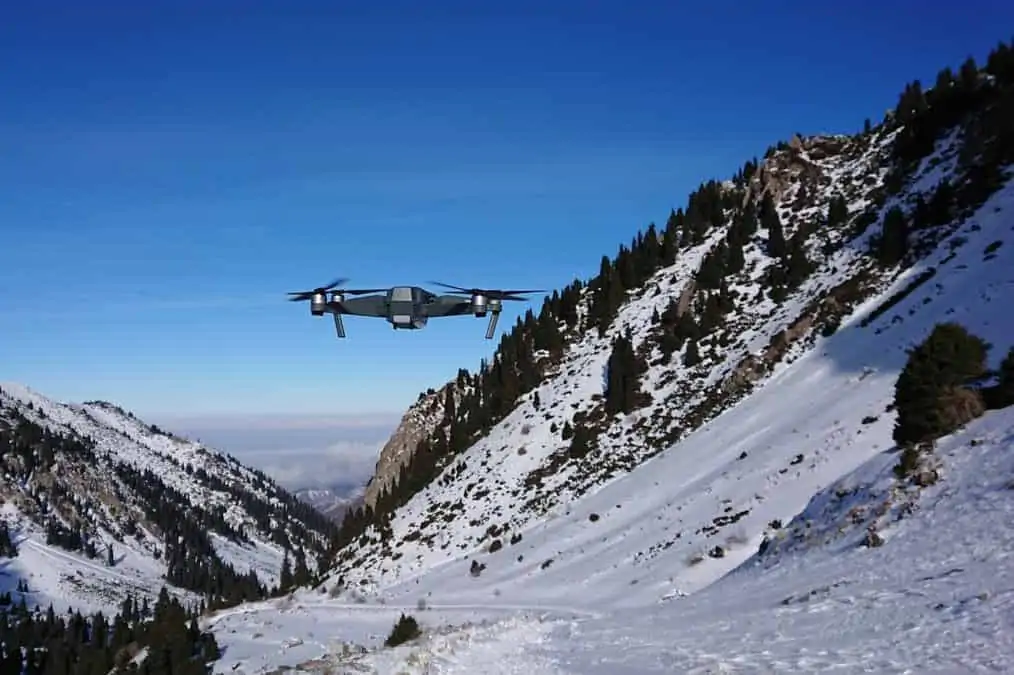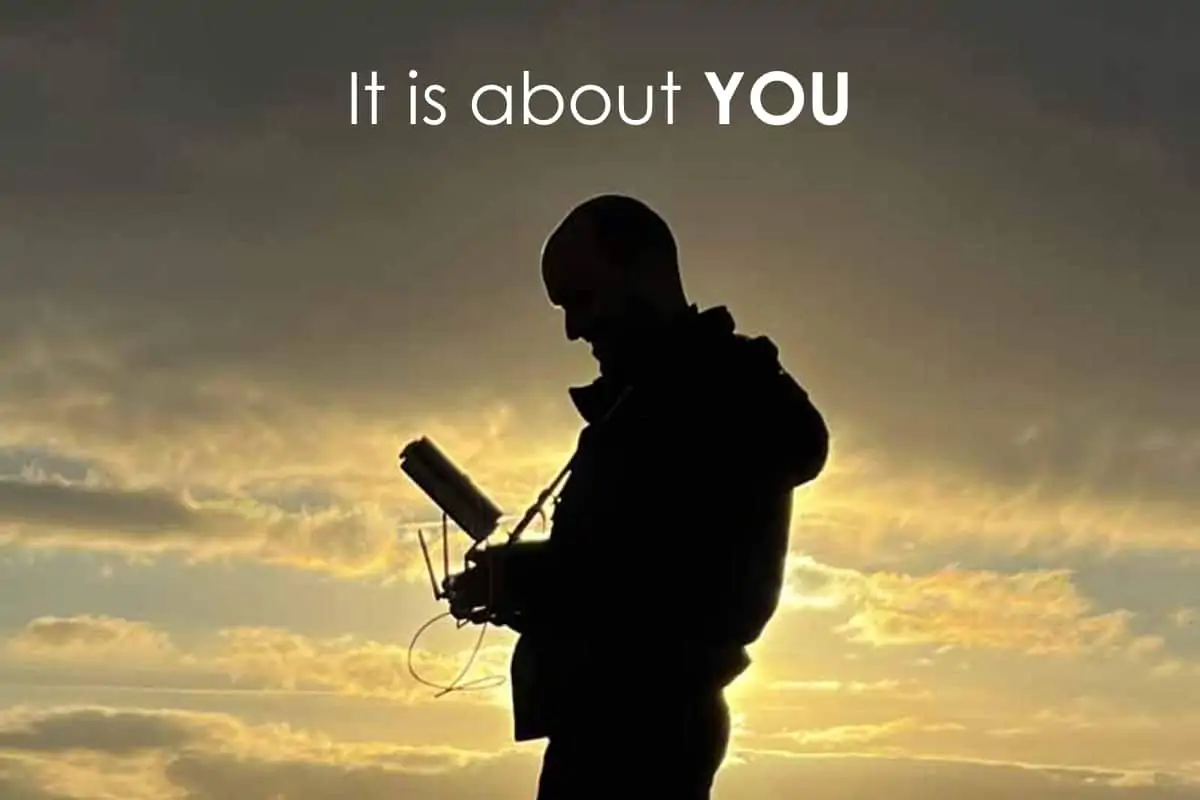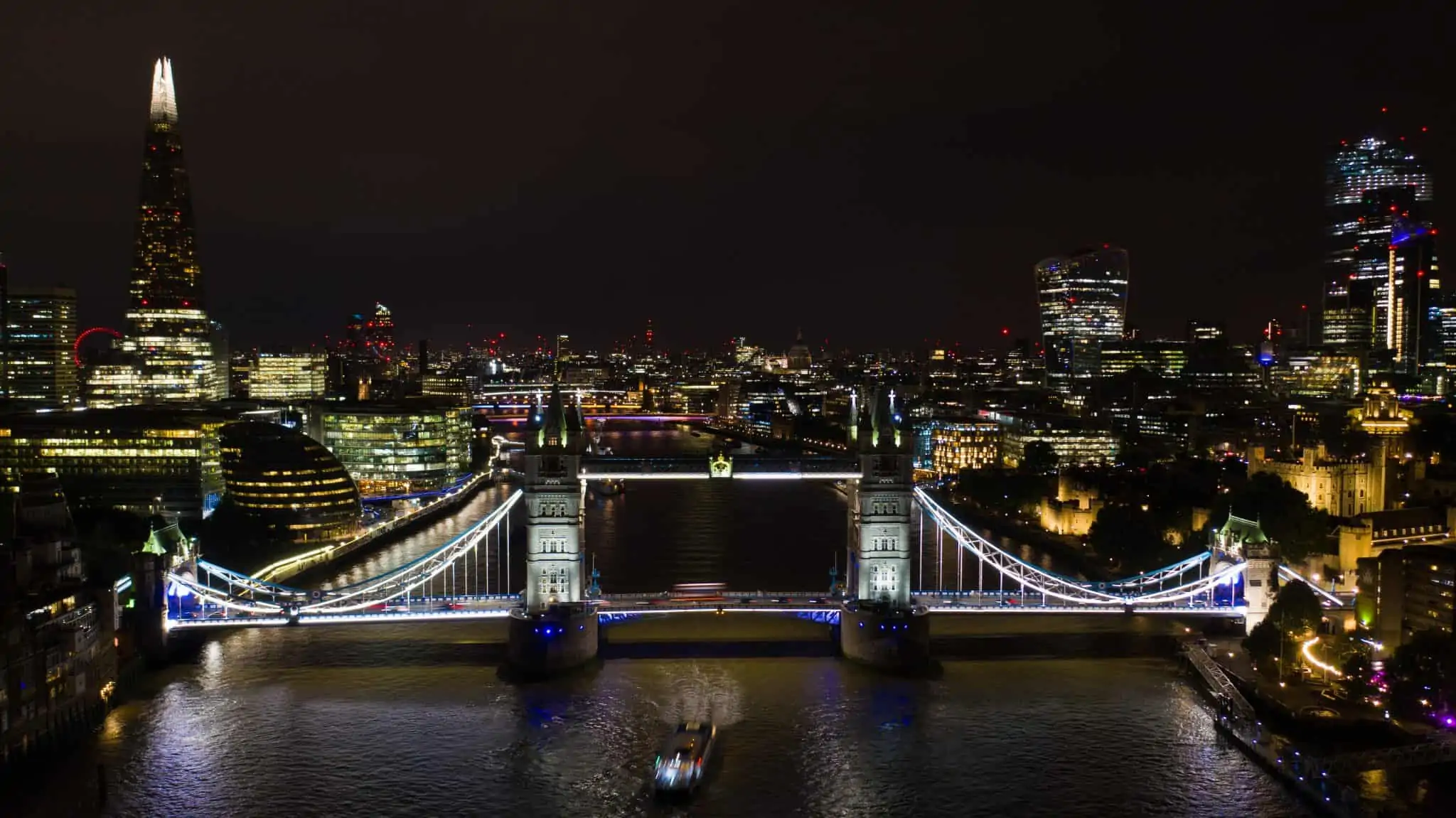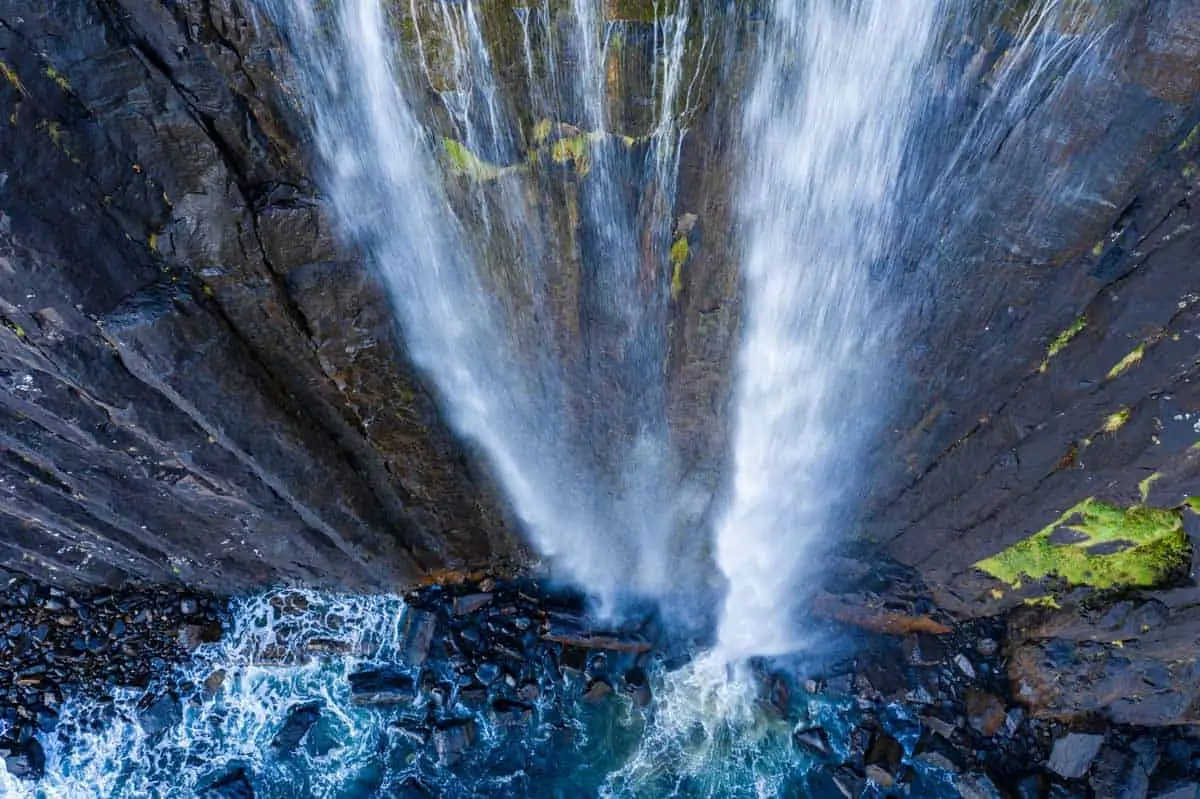
- 01.11.19
Flying drones in winter can be challenging, low temperatures seriously affect the stability of a drone and unpredictable weather add to the dangers, so how can you have a safe flight and capture great shots during the winter months?
Here are some safety and camera settings tips to keep you flying this winter.
Battery
Cold Lithium Polymer (LiPo) batteries means less chemical activity, which means a less stable drone. Reports have shown cold weather has been responsible for drones literally dropping out of the sky. The most important tip you are likely to hear this winter? Keep your batteries warm. Follow these tips below to ensure a safe flight:
- Only use fully charged batteries.
- Pre-heat your battery to 20°C (68°F) or more. You can check the battery temperature in DJI GO. Use a Battery Heater if one is available for your product.
- Hover for about a minute to allow the battery to warm up.
- Only push the control sticks gently to prevent any battery voltage drops.
- Batteries drain faster in cold temperatures. Always check your drone’s battery status during flight.
Environment
Reduced visibility and moisture can be the hidden dangers behind shooting spectacular winter scenery. It’s essential to take the right precautions:
- Avoid contact with snow. Moisture can damage the motors. It’s recommended to use a landing pad for taking off and landing your drone.
- Before flying your drone, check the weather conditions. Avoid strong wind, rain, and snow.
- Do not fly in temperatures below 0°C (32°F).
- Ensure that the GPS signal is strong.
Stay Warm
Wear gloves! Operating with numb hands is dangerous. Keep all devices warm, cold temperatures will shorten the LiPo batteries life, so if you fly with cold batteries (and that includes mobiles and tablets) don’t be surprised if any one of your devices unexpectedly shuts down from the cold.
Camera Settings – Exposure and White Balance
If you are flying when snows on the ground, you will need to manually set camera exposure and white balance, otherwise expect an SD card full of dark images. This is because the camera’s exposure can sometimes underexpose snow, tricked by its brightness. By adding additional stops, you will slightly overexpose your photos but get the right compensation for snow shots. Similarly, you need to adjust the white balance accordingly to get the right colour balance of the snowy landscape. Otherwise, the snow may look grey.
Storage
If you’re thinking of putting your drone into storage over winter, or even for a few weeks or more, its performance might be affected. Storing it properly is key to a safe flight. Make sure to:
- Fully charge and discharge the battery once every three months to maintain battery health.
- Remove the propellers and attach the gimbal clamp when storing your drone.
- Store your drone in a dry, non-magnetic place at around 25°C (77°F).
Ready to capture a winter wonderland with your drone? Have fun with your winter flying.








